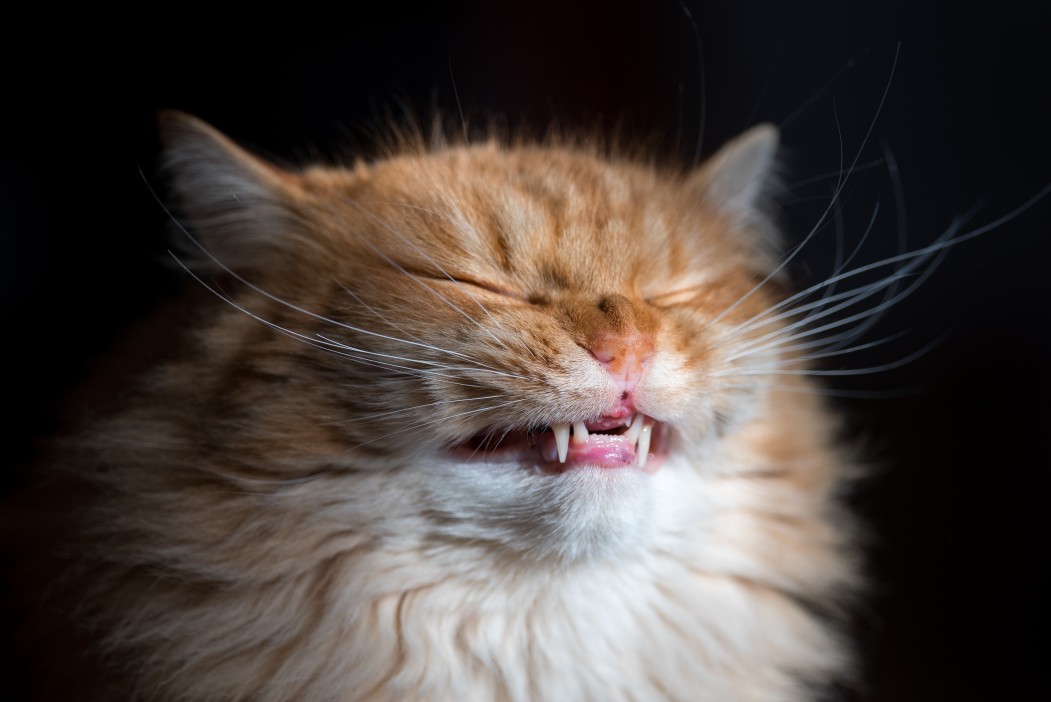Understanding why cats fight: territorial reasons
Marking your territory: a question of instinct
Why do cats fight? It’s a question every cat lover has asked themselves at one time or another. Our adorable, cuddly furballs can sometimes become real gladiators. One of the main reasons? Territory, of course!
- Understanding why cats fight: territorial reasons
- Marking your territory: a question of instinct
- Newcomers: when the intruder triggers hostilities
- Limited resources: the unsuspected origin of fights
- Hierarchical fighting: understanding feline social dynamics
- Dominance in cats: a subtle hierarchy
- Rivalry between females: a reality often ignored
- The role of age in feline conflicts
- Emotional reasons: when cats express stress
- Stress and anxiety: common triggers for fights
- Jealousy in cats: myth or reality?
- Boredom and frustration: when energy boils over
- Medical problems: a little-known cause of feline conflicts
- Pain and discomfort: hidden sources of aggression
- Hormonal changes: influence on feline behavior
- Neurological disorders: when aggression masks a more serious problem
- Conclusion
Cats are territorial animals par excellence. They use a variety of means to mark their living space, from scratching at your favorite sofa to urine-marking your new carpet (yes, it’s real!). These behaviors serve to warn intruders that the territory is already occupied.
To avoid these conflicts, consider multiplying access points at height, such as cat trees or specially designed shelves. This allows everyone to have their own space and reduces tension.
Newcomers: when the intruder triggers hostilities
You’ve just adopted a cute new kitten, but your resident cat sees it more as an invader? It’s a classic situation! The arrival of a new feline often upsets the established balance.
The key to avoiding fights is a gradual introduction. Start by exchanging scents by gently rubbing a towel over each of them, then let them discover each other through a half-open door. Above all, avoid the common mistake of forcing them to meet immediately, as this could create lasting hostility.
You’ll find more practical advice on integrating a new cat in our dedicated article: How to introduce two cats for a successful cohabitation.
Limited resources: the unsuspected origin of fights
Who would have thought that the kibble bowl or litter box could be the source of fierce conflict? Yet competition for resources is a frequent cause of fights between cats.
To avoid these disputes, make sure you provide enough resources for each cat: several bowls, litter trays and bedding in different rooms. This way, each cat can calmly take care of its own needs without feeling threatened.
Hierarchical fighting: understanding feline social dynamics
Dominance in cats: a subtle hierarchy
Unlike dogs, hierarchy in cats is more subtle and fluctuating. Yet certain signs are unmistakable: a dominant cat will tend to stare intently at others, occupy the best high places and eat first.
If the hierarchy becomes too pronounced, try positively reinforcing calm, non-aggressive behavior with rewards or petting. This will promote more harmonious cohabitation.
Rivalry between females: a reality often ignored
We often think that only males fight, but think again: females can also enter into conflict, sometimes even more intensely! The warning signs are subtle: staring, tail wagging, discreet growling.
To ease these tensions, consider using soothing pheromone diffusers like Feliway, which help reduce stress and promote better understanding between cats.
The role of age in feline conflicts
Young, energetic cats love to challenge older cats, who are often calmer and less tolerant of rough play. To avoid these generational conflicts, create separate areas where older cats can rest peacefully, away from the turbulence of the newcomers.
Discover our tips for managing age differences between cats in our article: Cohabitation between cats of different ages: instructions for use.
Emotional reasons: when cats express stress
Stress and anxiety: common triggers for fights
Stress is a major factor in cat conflicts. A move, construction work or even a change in your routine can be enough to trigger fights. Keep a close eye on your cat: excessive licking, loss of appetite or isolation are telltale signs.
To reduce stress, create cozy hiding places and stick to a stable routine wherever possible. Your cat will thank you by becoming the peaceful companion you adore.
Jealousy in cats: myth or reality?
Yes, cats can feel jealous! A new companion, the arrival of a baby or even a new human relationship can provoke jealous behavior, such as sudden fights or urine marking.
To manage this jealousy effectively, give each cat special time, with cuddles and personalized games, to reassure each of them of their place in your heart.
Boredom and frustration: when energy boils over
A bored cat is a cat at risk of conflict. To channel their boundless energy, offer them stimulating activities like interactive games, food puzzles or even an impromptu treasure hunt with their favorite treats.
Medical problems: a little-known cause of feline conflicts
Pain and discomfort: hidden sources of aggression
A cat in pain can become aggressive for no apparent reason. If your usually gentle companion suddenly becomes irritable, a visit to the vet is essential to check that there’s no hidden pain behind the change.
Hormonal changes: influence on feline behavior
Hormones play a major role in feline aggression. Spaying or neutering often considerably reduces fights linked to hormonal impulses. It’s an effective solution for restoring a peaceful home.
Neurological disorders: when aggression masks a more serious problem
Sometimes, aggression can hide a more serious neurological disorder. If you notice symptoms such as tremors, disorientation or unusual movements, consult your vet promptly for an accurate diagnosis. According to a study by Cornell University, certain neurological disorders can indeed cause unexpected aggressive behavior in cats(Cornell Feline Health Center).
Conclusion
Understanding why cats fight is the key to restoring harmony in the home. By carefully observing their behavior and applying these practical tips, you can prevent conflicts and provide your felines with a serene, fulfilling environment. Discover even more tips and advice for understanding your cat by browsing our other articles on Pawtounes.fr!







